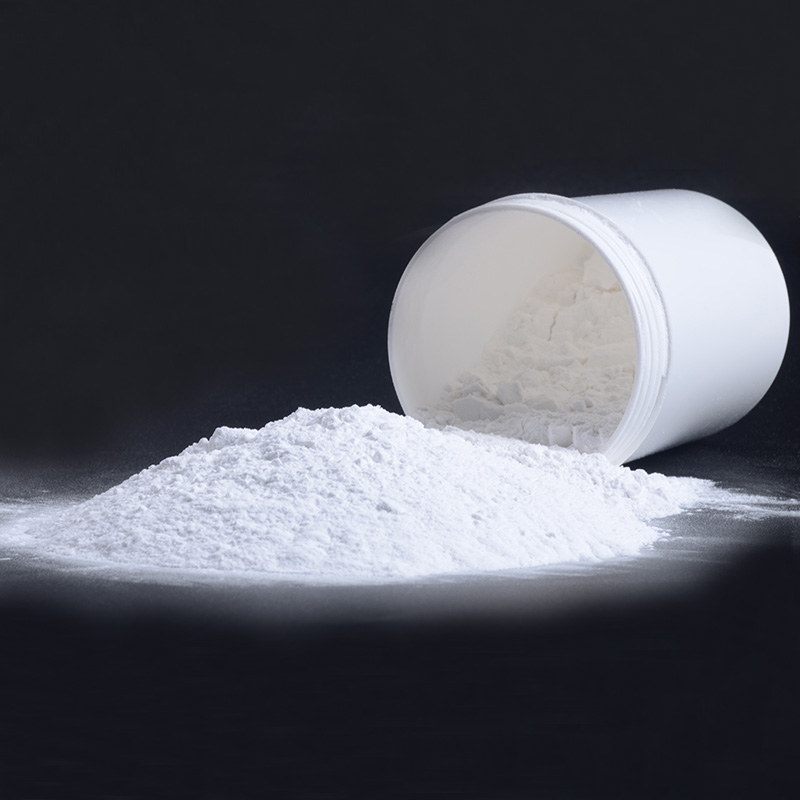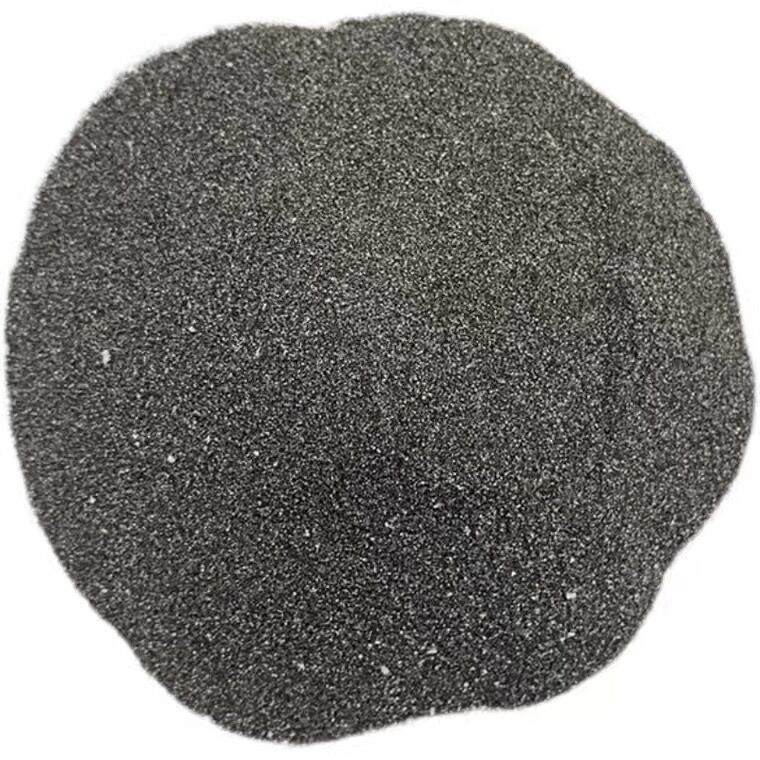DTF powder: the dual charm of color and particle size
In the field of digital printing technology, DTF (Direct to Film) technology is gradually becoming the new favorite of the market with its high efficiency, environmental protection and personalization. As one of the core materials of this technology, the quality and characteristics of DTF powder are directly related to the final printing effect. Today, let’s take a deep look at the color classification and particle size differences of DTF powder, and how they affect the printing effect.
Color classification: between black and white, full of style
Although the color selection of DTF powder seems simple, it contains infinite possibilities. At present, the mainstream DTF powder on the market is mainly divided into white and black. These two colors are not just basic colors, they are the basis for building a colorful world.
White powder: White is a symbol of purity and elegance. DTF white powder can present bright and pure tones during printing. Whether it is used to create a simple style pattern or as a base color for other colors, white powder can do the job perfectly. Its high hiding power and good dispersibility make the printed pattern clearer and fuller.
Black powder: Black represents mystery and stability. DTF black powder can show deep and rich visual effects in printing. The fine particles and excellent adhesion of black powder make the edges of the printed patterns sharper and the details clearer. Whether it is used to make fashionable clothing patterns or to create high-end advertising logos, black powder can bring satisfactory printing effects.
Particle size difference: subtleties show the truth
In addition to color classification, the particle size of DTF powder is also an important factor affecting its printing effect. At present, the common DTF powder particle sizes on the market are mainly 170um-250um and 80um-170um.
170um-250um particle size powder: The powder particles of this particle size are relatively large, and can better adhere to the transfer film during printing to form a stable printing layer. Therefore, using this particle size of powder for printing can obtain a more stable and lasting printing effect. At the same time, due to the larger particles, the printed pattern will also feel tougher and more textured. This powder is particularly suitable for printing tasks that require high clarity and high durability.
80um-170um particle size powder: In comparison, powder particles of this size are finer. When printing, fine particles can better penetrate into the fabric fibers, forming a soft and natural printing effect. Therefore, using this size of powder for printing can obtain a softer and more comfortable touch experience. At the same time, fine particles can also reduce friction and loss during printing, and improve printing efficiency. This powder is particularly suitable for making clothing patterns or decorations that require a soft touch and delicate texture.
Static electricity control: no static electricity, more worry-free
During the DTF printing process, the problem of static electricity has always been a problem that troubles many users. Static electricity not only causes powder adhesion and poor printing results, but may also cause damage to the printing equipment. However, our DTF powder uses advanced static electricity control technology to ensure that static electricity is not generated during the working process. This means that during the printing process, the powder can be evenly and stably attached to the transfer film without adhesion or scattering. This not only improves printing efficiency, but also greatly reduces maintenance costs during the printing process.
Work experience: non-stick powder, smoother
In addition to static electricity control, our DTF powder also has the characteristics of non-stick powder. During the printing process, the powder can be easily ejected from the nozzle without adhering to the nozzle or printing equipment. This not only ensures the continuity and stability of printing, but also makes the equipment easier to clean and maintain after printing. This non-stick powder feature not only improves work efficiency, but also extends the service life of the printing equipment.
Post time: Dec-31-2024








